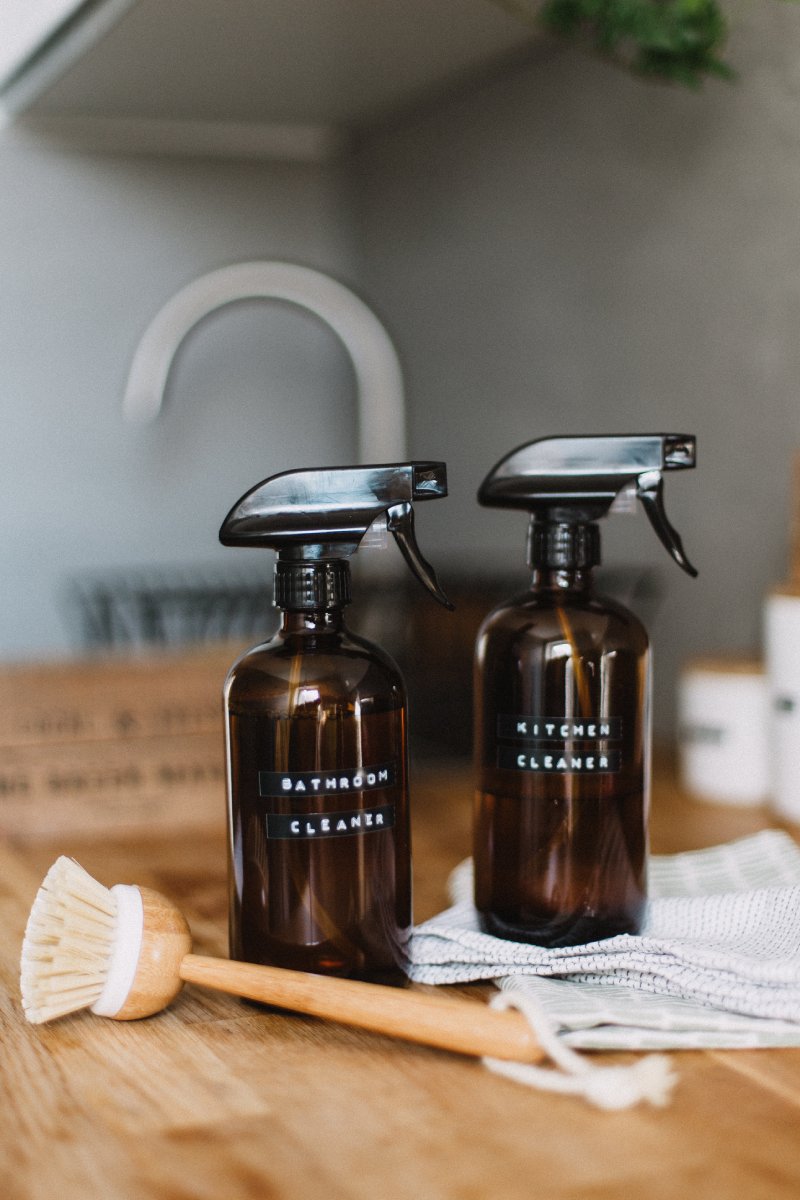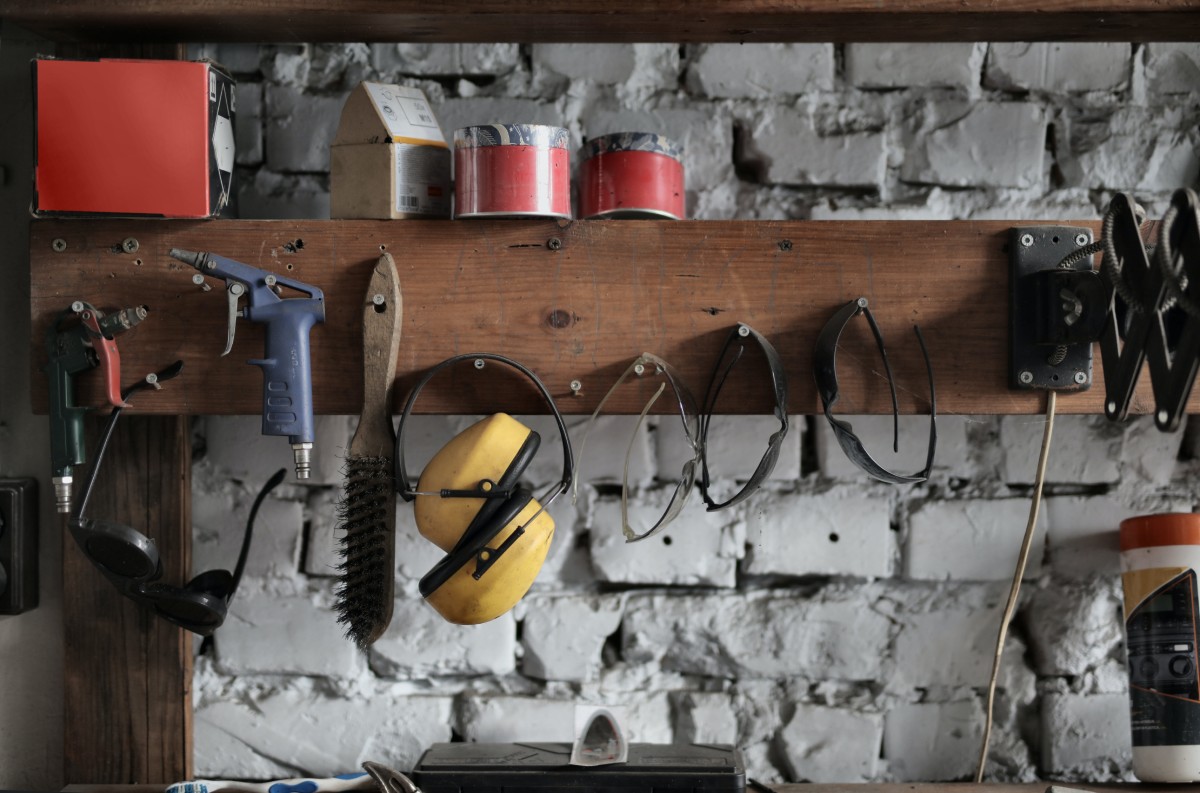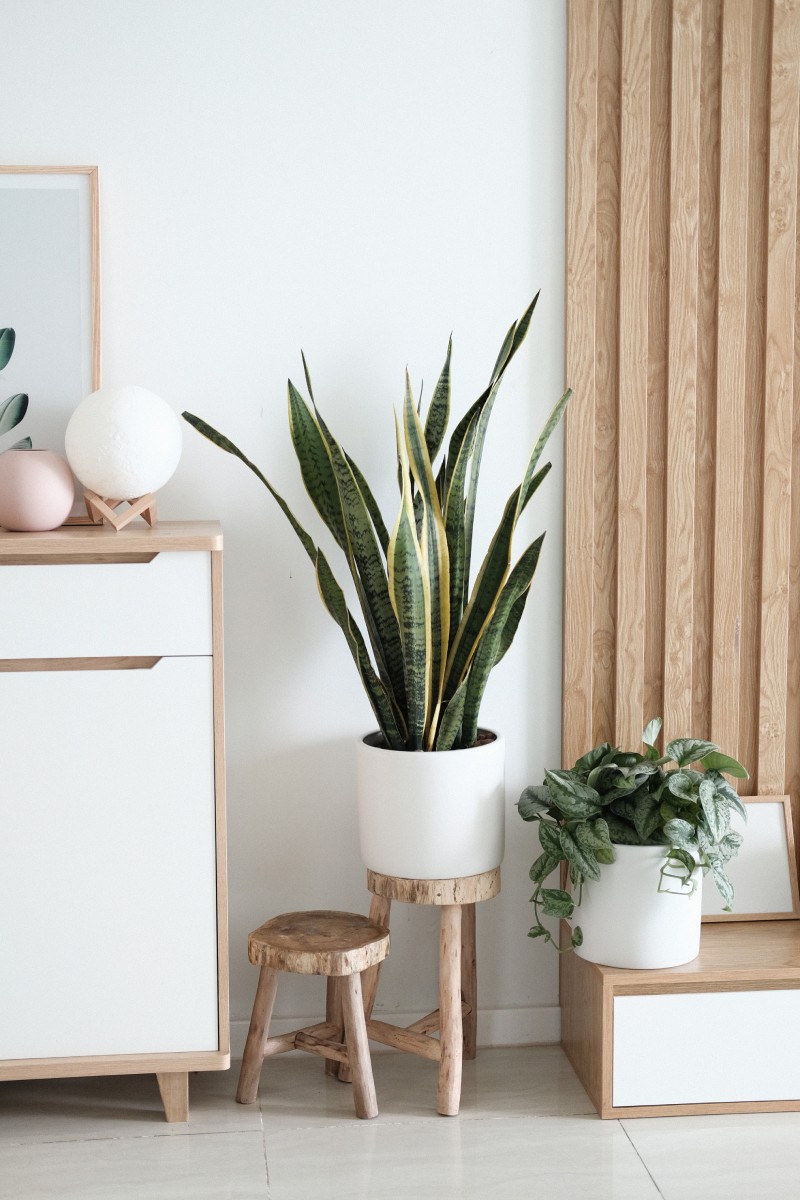Introduction
In today’s world, where sustainability and environmental consciousness are gaining momentum, it’s crucial to consider the impact of our everyday choices, even when it comes to cleaning our homes. Using eco-friendly home cleaning products is not only a responsible choice but also a significant step towards creating a healthier living environment for ourselves and future generations.
The Importance of Using Eco-Friendly Home Cleaning Products
Cleaning products found on store shelves often contain a variety of chemicals that can have detrimental effects on both the environment and our health. Many conventional cleaning products contain harsh ingredients like chlorine, ammonia, and phosphates, which can contribute to water pollution, air pollution, and overall ecosystem degradation.
These harmful effects include:
- Water Pollution: When conventional cleaning products containing chemicals like phosphates and surfactants are washed down the drain, they can end up in water systems, such as lakes and rivers. These chemicals can disrupt the balance of aquatic ecosystems and harm aquatic life.
- Air Pollution: Volatile organic compounds (VOCs) found in certain cleaning products can release harmful fumes into the air, contributing to indoor air pollution. Prolonged exposure to these pollutants can lead to respiratory issues and other health problems.
- Health Risks: Harsh chemicals in cleaning products can be skin irritants, trigger allergies, or worsen respiratory conditions. Certain chemicals, such as phthalates and formaldehyde, have been linked to long-term health concerns like hormone disruption and even cancer.
Embracing a Greener Cleaning Approach
By switching to eco-friendly home cleaning products, we can significantly reduce the negative impact on the environment and safeguard our well-being. These products are formulated with plant-based ingredients, natural extracts, and essential oils, offering effective cleaning power without the use of harmful chemicals.
The benefits of using eco-friendly home cleaning products include:
- Reduced Environmental Footprint: Eco-friendly cleaning products are often made from renewable resources and are biodegradable, meaning they break down safely and do not accumulate in the environment. This helps preserve ecosystems and protect wildlife.
- Improved Indoor Air Quality: Unlike conventional cleaning products, eco-friendly alternatives are free from harsh chemicals and VOCs. This results in better indoor air quality, creating a healthier living space for you and your family.
- Safe for All Surfaces: Eco-friendly cleaning products are typically gentle yet effective, making them suitable for various surfaces and materials in your home. You can clean with confidence, knowing that you’re not causing damage or leaving behind harmful residues.
Making the switch to eco-friendly home cleaning products is a small but impactful change that aligns with a sustainable and eco-conscious lifestyle. By opting for products that are safer for the environment and our well-being, we can contribute to a cleaner, healthier, and more sustainable future for all.
Understanding Conventional Cleaning Products
When it comes to conventional cleaning products, it’s important to be aware of the common chemicals and pollutants they contain. These substances not only pose risks to our environment but also impact water systems, air quality, and human health.
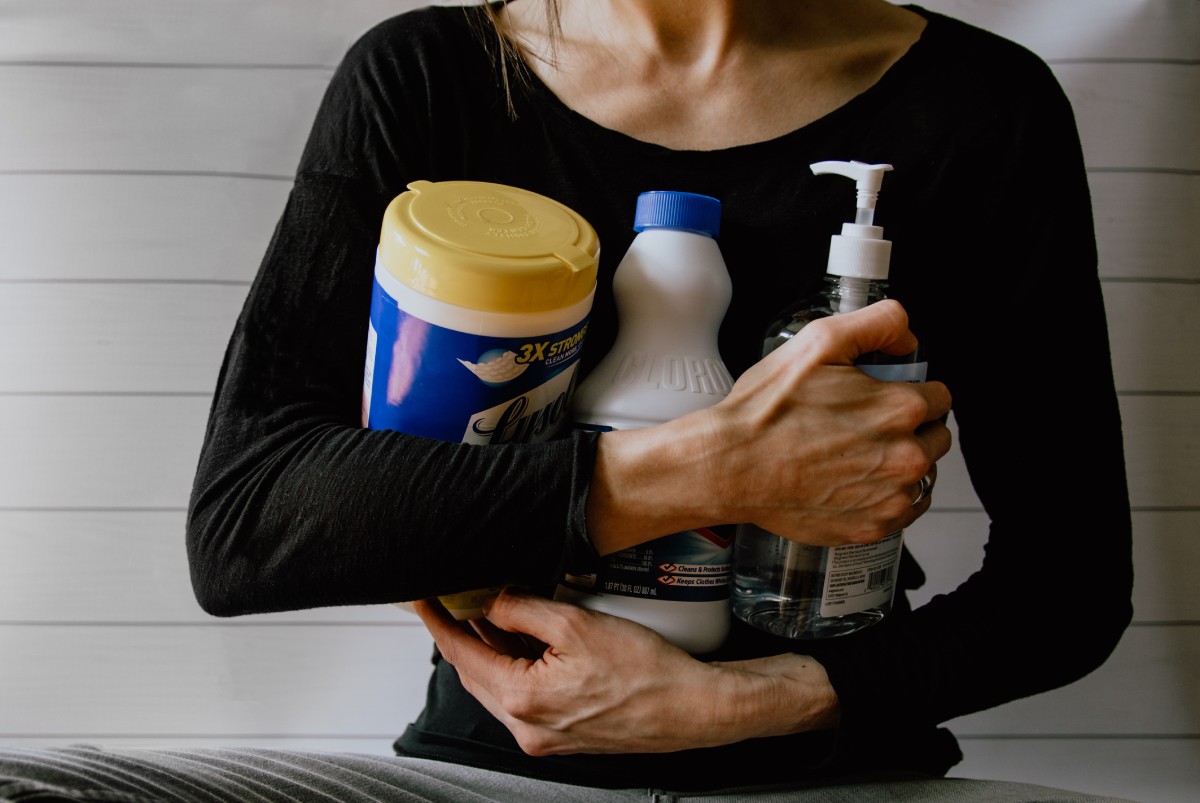
Chemicals in Conventional Cleaning Products
- Chlorine: Chlorine-based compounds are often found in conventional cleaning products, especially in bleach and disinfectants. While effective at killing germs, chlorine can release harmful gases, such as chloramine and chlorine gas, which can irritate the respiratory system and contribute to indoor air pollution.
- Ammonia: Ammonia is another chemical commonly found in cleaning products, particularly in glass cleaners and bathroom cleaners. Although it provides a streak-free shine, ammonia can be highly irritating to the eyes, skin, and respiratory system. When combined with certain chemicals, it can produce toxic fumes.
- Phosphates: Phosphates are frequently used in laundry detergents, dishwasher detergents, and some all-purpose cleaners. These chemicals are known water pollutants and can cause excessive algae growth in lakes and rivers, leading to oxygen depletion and harm to aquatic life.
- Volatile Organic Compounds (VOCs): VOCs are present in many cleaning products and contribute to indoor air pollution. Common VOCs include formaldehyde, benzene, and xylene. Prolonged exposure to VOCs can result in respiratory irritation, headaches, and even long-term health issues like liver and kidney damage.
Negative Impact on Water Systems
When conventional cleaning products containing harmful chemicals are washed down the drain, they can end up in water systems, such as rivers and lakes. These substances can have serious consequences for aquatic ecosystems and the quality of our water supply.
Phosphates, for example, can cause excessive algae growth in water bodies, leading to an imbalance in the ecosystem and oxygen depletion. This harms fish and other aquatic organisms, disrupting the natural balance of marine life.
Additionally, chemicals like chlorine and ammonia can be toxic to aquatic organisms. They can accumulate in the water, impacting not only aquatic life but also the overall water quality and its suitability for drinking and other purposes.
Impact on Air Quality and Human Health
Conventional cleaning products can release volatile organic compounds (VOCs) into the air, contributing to indoor air pollution. These VOCs can cause respiratory irritation, trigger allergies, and worsen conditions such as asthma. Long-term exposure to certain chemicals in cleaning products has even been linked to more serious health concerns, including hormonal disruptions and cancer.
Furthermore, when harsh cleaning chemicals are used in confined spaces without proper ventilation, the concentration of these chemicals in the air can increase, posing a greater risk to human health.
Understanding the negative impact of conventional cleaning products on water systems, air quality, and human health is crucial in realizing the need for eco-friendly alternatives. By making the switch to eco-friendly home cleaning products, we can minimize these risks and create a safer, healthier living environment for ourselves and our families.
Benefits of Eco-Friendly Home Cleaning Products
When it comes to maintaining a clean and healthy home, eco-friendly cleaning products offer numerous advantages over their conventional counterparts. Not only are they safer for the environment, pets, and human health, but they are also highly effective in achieving clean and hygienic spaces.
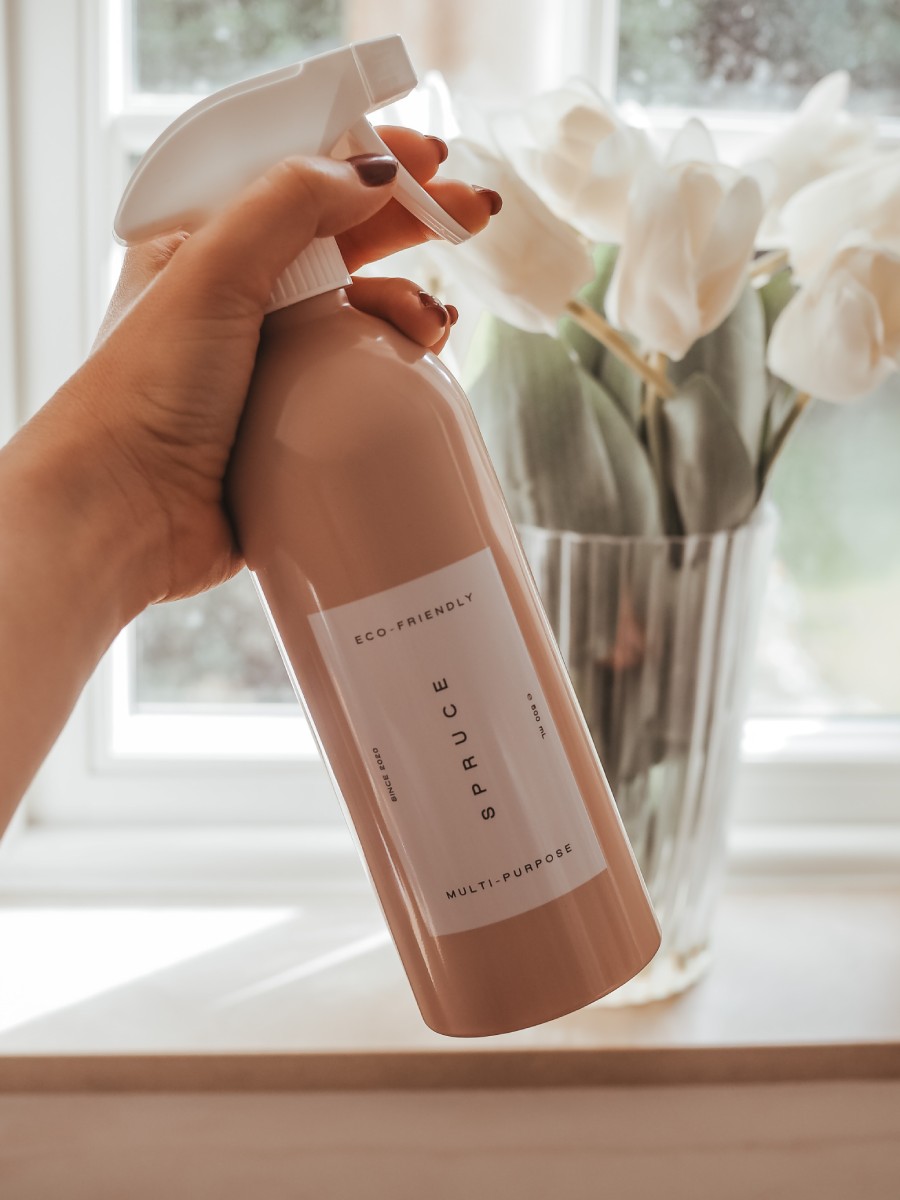
Safer for the Environment
Eco-friendly home cleaning products are designed with the environment in mind. They are typically made from biodegradable and renewable resources, reducing their impact on ecosystems. Unlike conventional products that contain harmful chemicals, eco-friendly alternatives are free from toxic substances that can contaminate water systems and harm wildlife. By choosing eco-friendly cleaning products, you can contribute to the preservation of our natural resources and help protect the planet for future generations.
Safer for Pets and Human Health
Conventional cleaning products often contain harsh chemicals that can pose risks to the health of both pets and humans. Pets, especially cats and dogs, are more susceptible to the harmful effects of chemicals due to their close contact with floors and surfaces. Eco-friendly cleaning products, on the other hand, use natural ingredients that are gentle and non-toxic, ensuring the safety of your furry friends.
Moreover, the chemicals found in conventional cleaning products can be irritants and allergens, causing respiratory problems, skin irritations, and other health issues. By switching to eco-friendly alternatives, you can create a healthier living environment for your family, reducing the exposure to potentially harmful substances and promoting overall well-being.
Effectiveness in Achieving Clean and Hygienic Spaces
One common misconception about eco-friendly cleaning products is that they may be less effective than their conventional counterparts. However, this is far from the truth. Eco-friendly products have come a long way in terms of their formulation and performance. Many eco-friendly options on the market today are just as effective in cleaning and disinfecting surfaces, removing stains, and eliminating odors.
From multi-purpose cleaners to dishwashing liquids and laundry detergents, eco-friendly alternatives are formulated with powerful plant-based ingredients and natural enzymes that can tackle dirt, grease, and grime. They leave your home clean, fresh, and hygienic without compromising on effectiveness.
By embracing eco-friendly home cleaning products, you not only make a positive impact on the environment but also safeguard the well-being of your loved ones. These products offer a safer and healthier cleaning solution while still providing the cleanliness and hygiene you desire.
Types of Eco-Friendly Home Cleaning Products
When it comes to adopting an eco-friendly approach to home cleaning, there are several types of products you can explore. These alternatives prioritize sustainability, utilizing natural ingredients, biodegradable formulations, and zero-waste options to provide effective cleaning solutions. Let’s take a closer look at each of these categories.
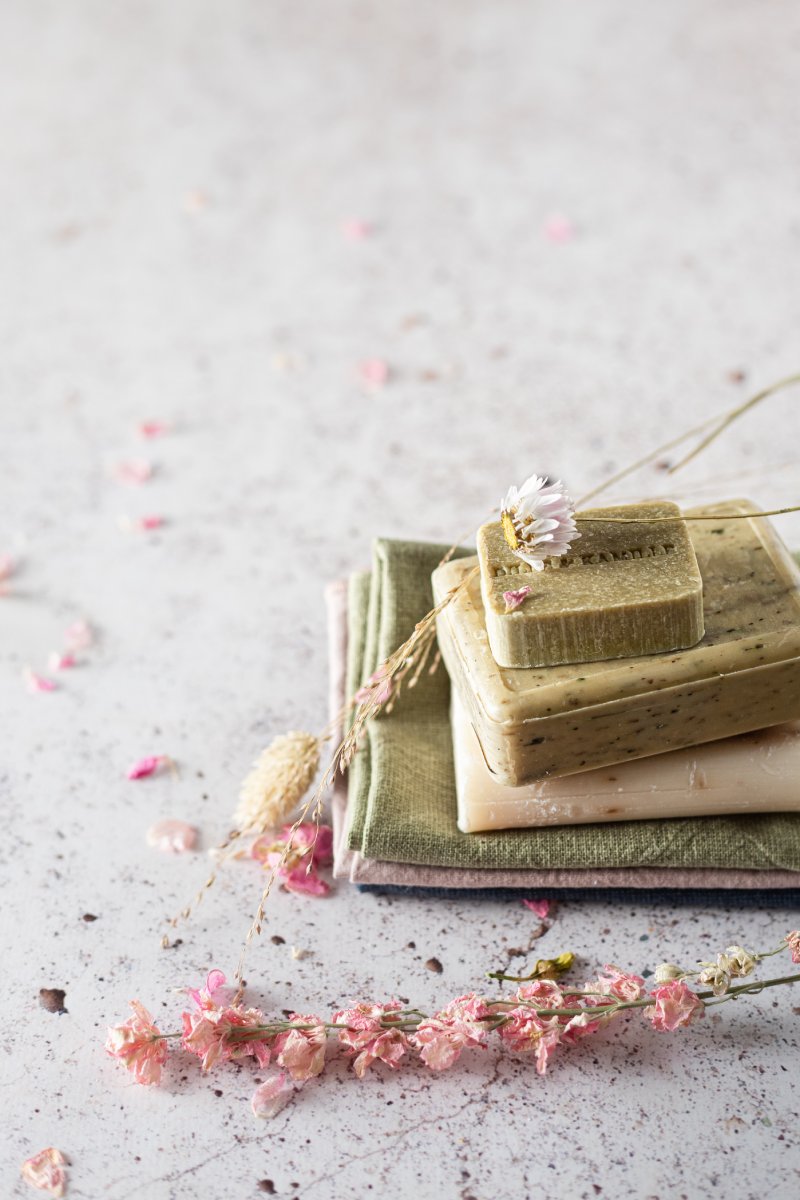
Natural Ingredients and Homemade Cleaning Solutions
One of the simplest ways to embrace eco-friendly cleaning is by utilizing natural ingredients that are readily available in your pantry. Ingredients such as vinegar, baking soda, lemon juice, and essential oils can be combined to create homemade cleaning solutions. These solutions are not only effective in tackling various cleaning tasks but are also gentle on surfaces and safe for the environment.
For instance, a mixture of vinegar and water can be used as an all-purpose cleaner, effectively removing dirt and grime from countertops, floors, and windows. Baking soda, known for its mild abrasive properties, can be used as a scrub for sinks, showers, and ovens. Adding a few drops of essential oils like tea tree oil or lavender oil can provide natural fragrance and antimicrobial properties to your homemade cleaners.
Biodegradable and Plant-Based Cleaning Products
If you prefer ready-to-use cleaning products, there is a wide range of biodegradable and plant-based options available in the market. These products are formulated using plant-derived ingredients that are renewable and break down easily in the environment, reducing their ecological impact.
Look for cleaning solutions labeled as biodegradable, phosphate-free, and free from synthetic fragrances and dyes. These products often contain natural surfactants and enzymes that effectively remove dirt and stains without compromising the health of your family or the planet.
Refillable and Zero-Waste Cleaning Options
Another sustainable approach to home cleaning is opting for refillable and zero-waste cleaning products. These products are designed to minimize packaging waste by offering refillable containers or packaging alternatives that are recyclable or compostable.
Refillable cleaning products allow you to purchase a concentrated cleaning solution in a reusable container. Once the solution is used up, you can refill the container using refill packs or by visiting refill stations, reducing the need for single-use plastic bottles.
Zero-waste cleaning options go a step further by offering cleaning products in solid form, eliminating the need for packaging altogether. These products can include solid dish soap, laundry detergent strips, or cleaning tablets that dissolve in water to create a cleaning solution.
By choosing refillable and zero-waste options, you actively contribute to reducing plastic waste and promoting a circular economy. Incorporating these types of eco-friendly home cleaning products into your cleaning routine allows you to maintain a clean and healthy home while minimizing your impact on the environment.
Making the Switch to Eco-Friendly Cleaning
Transitioning to eco-friendly home cleaning products is a positive step toward reducing your environmental impact and creating a healthier living space. Here are some tips to help you make a smooth and successful switch:
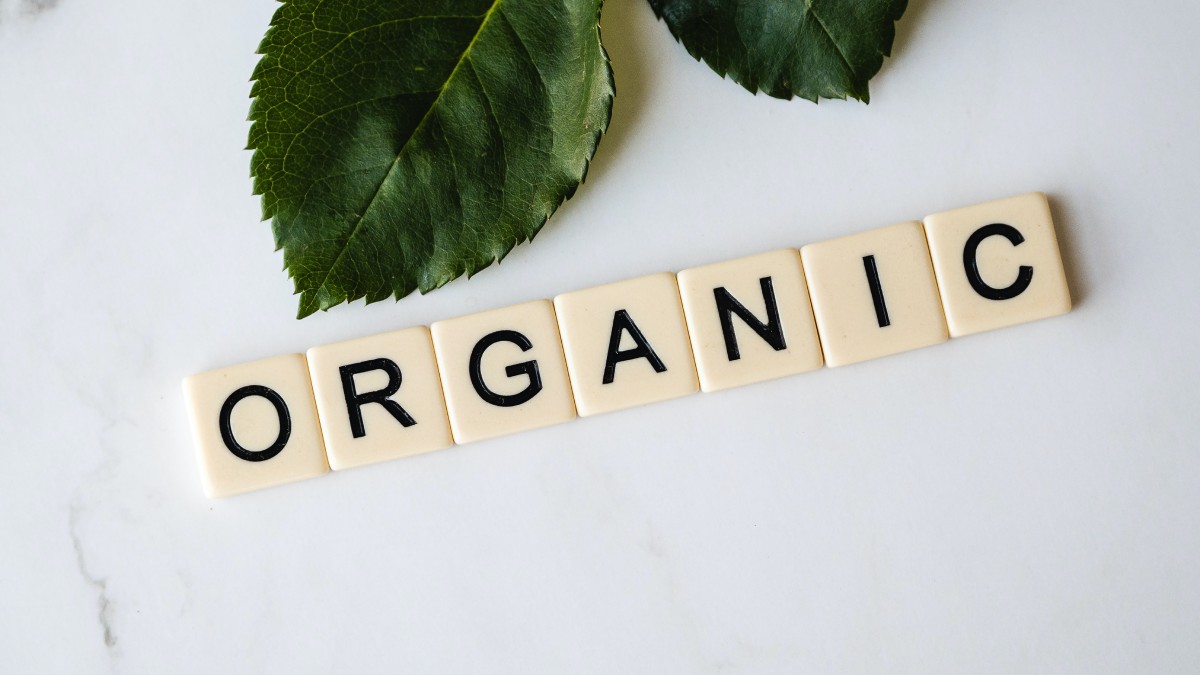
Tips for Transitioning to Eco-Friendly Home Cleaning Products
- Gradual Transition: Start by replacing one or two conventional cleaning products at a time. This approach allows you to ease into the switch and adjust to new cleaning methods gradually.
- Research and Educate Yourself: Take the time to research and learn about different eco-friendly cleaning options. Understand the benefits and effectiveness of various ingredients and products. This knowledge will help you make informed choices and find alternatives that suit your needs.
- DIY Cleaning Recipes: Explore do-it-yourself (DIY) cleaning recipes using natural ingredients. You’ll be surprised at how effective simple ingredients like vinegar, baking soda, and lemon can be in tackling a wide range of cleaning tasks.
- Test and Adapt: Experiment with different eco-friendly products and methods to find what works best for you. Not all products are created equal, and you may need to test a few options before finding your favorites.
Where to Find and Purchase Sustainable Cleaning Products
- Health Food Stores and Co-ops: Many health food stores and cooperative markets offer a selection of eco-friendly cleaning products. These stores often prioritize sustainable and natural alternatives, making it easier to find environmentally conscious options.
- Online Retailers: Online shopping platforms provide a wide range of eco-friendly cleaning products. Look for reputable websites that specialize in sustainable living and offer a variety of brands and options.
- Local Farmers Markets and Craft Fairs: Check out local farmers markets and craft fairs in your area. Often, these events feature artisans and vendors who create their own eco-friendly cleaning products. It’s a great way to support local businesses while making sustainable choices.
How to Read Labels and Identify Truly Eco-Friendly Products
- Ingredients to Avoid: Familiarize yourself with harmful ingredients commonly found in cleaning products, such as ammonia, chlorine, phthalates, and synthetic fragrances. Avoid products that contain these substances, as they can be detrimental to the environment and your health.
- Certifications and Eco-Labels: Look for certifications and eco-labels on product packaging. Certifications like USDA Organic, Green Seal, and EcoLogo indicate that the product meets specific environmental and health standards.
- Transparency in Ingredient Disclosure: Choose products that clearly disclose their ingredients. Avoid products with vague or generic ingredient lists, as they may contain undisclosed harmful chemicals.
By following these tips, you can make a successful transition to eco-friendly cleaning practices and products.
DIY Cleaning Recipes and Techniques
Creating your own cleaning products using common household ingredients is not only cost-effective but also an excellent way to reduce your environmental footprint. Here are some simple and effective DIY cleaning recipes that utilize ingredients like vinegar, baking soda, and lemon:
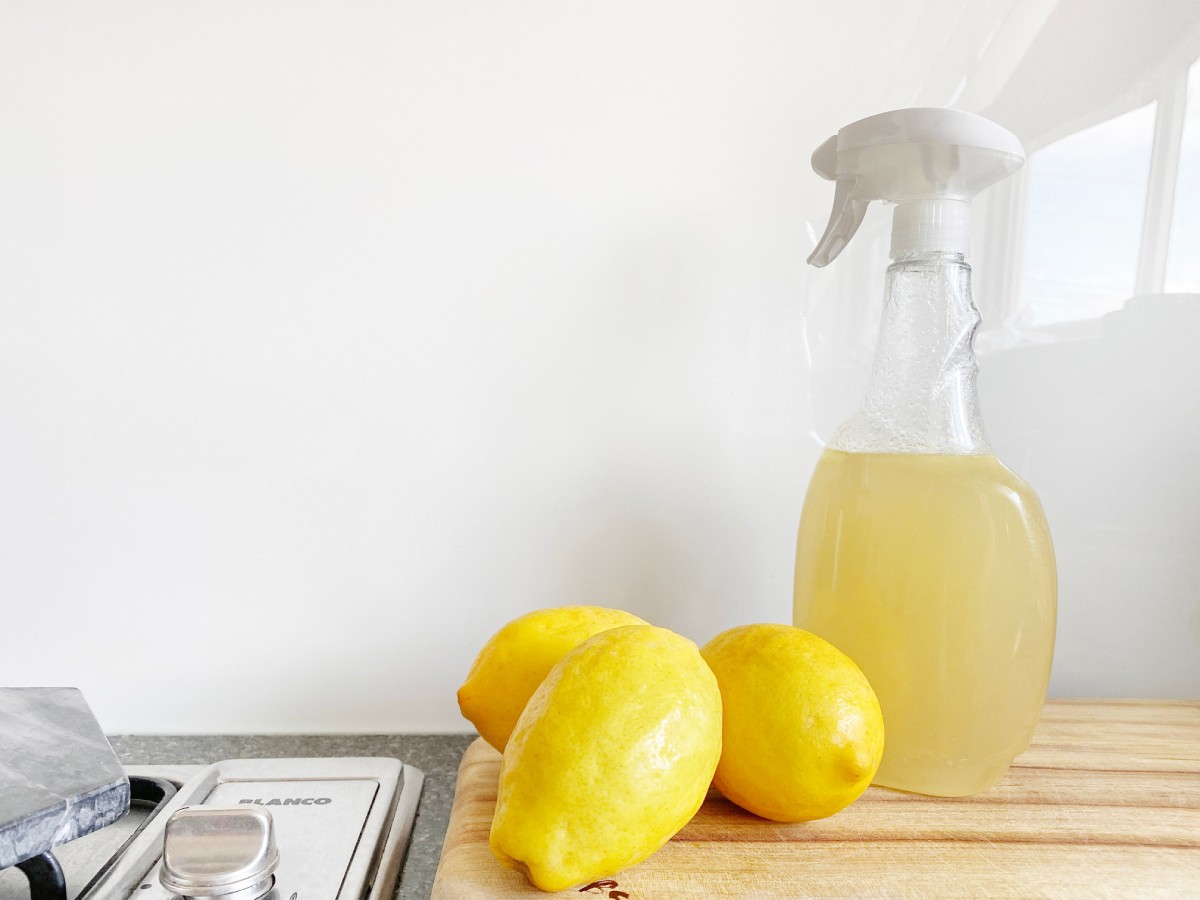
DIY All-Purpose Cleaner
Ingredients:
- 1 cup distilled white vinegar
- 1 cup water
- 15-20 drops of essential oil (optional, for fragrance)
Instructions:
- Mix vinegar and water in a spray bottle.
- Add essential oil, if desired, for a pleasant scent.
- Shake well before each use.
- Use this solution to clean countertops, surfaces, and floors.
Baking Soda Scrub
Ingredients:
- 1/2 cup baking soda
- Water (as needed to form a paste)
Instructions:
- Combine baking soda with enough water to create a paste-like consistency.
- Apply the paste to surfaces that require scrubbing, such as sinks, bathtubs, or oven interiors.
- Use a sponge or scrub brush to scrub the surface gently.
- Rinse thoroughly with water.
Lemon and Vinegar Glass Cleaner
Ingredients:
- 1 cup distilled white vinegar
- 1 cup water
- Juice of 1 lemon
Instructions:
- Mix vinegar, water, and lemon juice in a spray bottle.
- Shake well to combine.
- Spray the solution onto glass surfaces, such as windows or mirrors.
- Wipe clean with a lint-free cloth or newspaper.
Natural Air Freshener
Ingredients:
- 1 cup water
- 1 tablespoon vodka or rubbing alcohol
- 10-15 drops of essential oil (choose your favorite scent)
Instructions:
- Mix water and vodka (or rubbing alcohol) in a spray bottle.
- Add the essential oil of your choice.
- Shake well before each use.
- Spray the solution into the air to freshen up your living spaces.
These DIY cleaning recipes showcase the versatility of ingredients like vinegar, baking soda, and lemon. Not only are they effective in cleaning various surfaces, but they are also safer for the environment and your health. Feel free to experiment with different combinations and adjust the recipes to suit your preferences.
Overcoming Challenges and Misconceptions
Switching to eco-friendly cleaning products may come with certain challenges and misconceptions. However, addressing these concerns and providing solutions can help you navigate the transition smoothly.
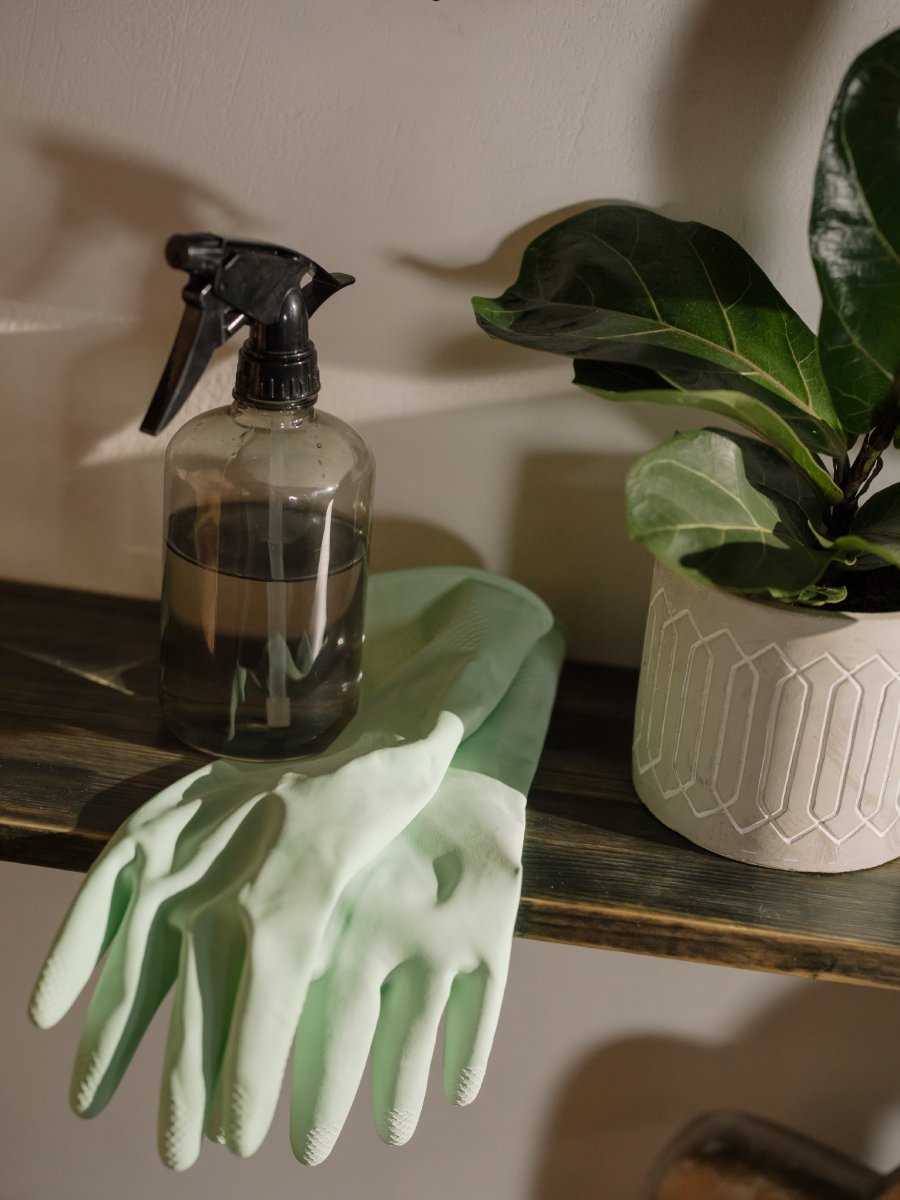
Addressing Common Concerns
Misconception: Eco-friendly products are not as effective as conventional cleaners.
Eco-friendly cleaning products can be just as effective as their conventional counterparts when used correctly. Understanding the appropriate usage and following recommended instructions can help achieve the desired results. Additionally, certain DIY solutions can be customized to suit specific cleaning tasks.
Concern: Price difference and affordability of eco-friendly products.
While some eco-friendly products may have a slightly higher upfront cost compared to conventional cleaners, they often provide better value in the long run. Many sustainable options are concentrated or refillable, reducing the need for frequent purchases. DIY alternatives using household ingredients can also be cost-effective.
Misconception: Eco-friendly products cannot tackle tough stains or odors.
Eco-friendly products can effectively handle various cleaning tasks, including stubborn stains and odors. There are specific eco-friendly options available for challenging cleaning situations. Additionally, combining natural ingredients like vinegar, baking soda, and essential oils can provide powerful cleaning solutions.
Providing Solutions and Alternatives
Specific Cleaning Tasks
- Grease and Grime: Use citrus-based cleaners or create a paste with baking soda and water for scrubbing.
- Mold and Mildew: Utilize vinegar, hydrogen peroxide, or tea tree oil for their antimicrobial properties.
- Hard Water Stains: Employ vinegar or lemon juice to dissolve mineral deposits.
- Tough Carpet Stains: Try a mixture of vinegar, water, and dish soap for spot cleaning.
Tools and Accessories
- Microfiber Cloths: These reusable and effective cloths can clean various surfaces without the need for excessive water or cleaning products.
- Bamboo or Natural Fiber Brushes: Use eco-friendly brushes for scrubbing and cleaning tasks.
- Reusable Spray Bottles: Opt for refillable spray bottles to minimize plastic waste.
Label Reading and Research
When purchasing eco-friendly cleaning products, look for certifications such as Green Seal or EcoLogo. Read product labels to ensure they are free from harmful ingredients like phosphates, chlorine, or artificial fragrances. Additionally, explore online resources and eco-friendly product guides for informed decision-making.
By addressing concerns and debunking misconceptions, you can overcome the challenges associated with switching to eco-friendly cleaning products. Remember, making small changes in your cleaning routine can have a significant positive impact on both your health and the environment.
Promoting a Sustainable Cleaning Routine
Creating a sustainable cleaning routine goes beyond using eco-friendly products. It involves adopting habits and practices that minimize waste, reduce environmental impact, and promote a healthier home. Here are some key steps to help you establish a sustainable cleaning routine.
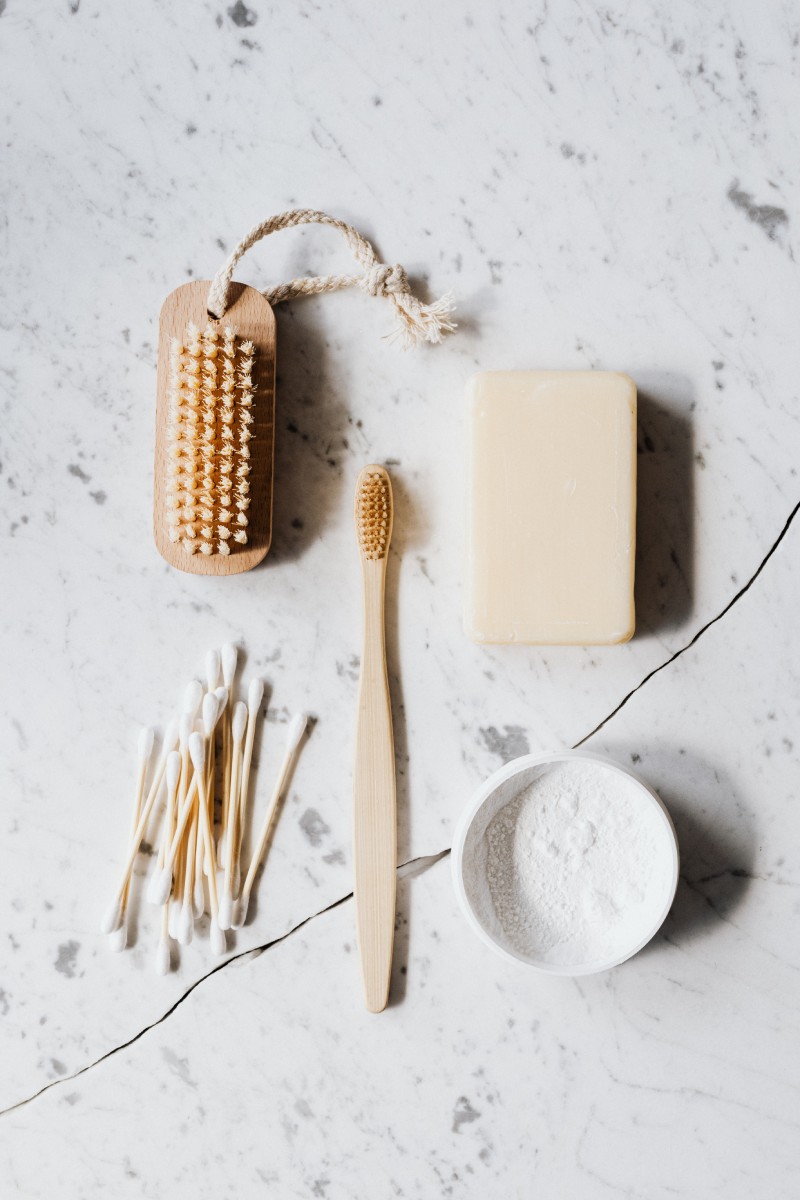
Establishing a Regular Cleaning Schedule
Maintaining a regular cleaning schedule helps ensure that your home stays clean and healthy without overwhelming or exhausting you. By establishing a routine, you can effectively manage your cleaning tasks and maintain a consistently clean environment. Consider the following tips:
- Prioritize Tasks: Identify the essential cleaning tasks that need to be performed daily, weekly, or monthly. This can include vacuuming, mopping, dusting, and cleaning high-touch surfaces.
- Create a Cleaning Schedule: Develop a cleaning schedule that suits your lifestyle and preferences. Allocate specific days or times for different cleaning tasks, allowing for flexibility when needed.
- Delegate Responsibilities: If you live with others, involve family members or roommates in the cleaning routine. Assign specific tasks to each person, ensuring a fair distribution of responsibilities.
Adopting Sustainable Cleaning Habits and Practices
Incorporating sustainable cleaning habits into your routine enhances the eco-friendly impact of your efforts. Here are some practices to consider:
- Use Minimal Amounts of Cleaning Products: Avoid using more cleaning product than necessary. Follow recommended measurements and dilutions to prevent waste and reduce chemical exposure.
- Opt for Reusable Cleaning Tools: Choose reusable cleaning tools like microfiber cloths, washable mop pads, and brushes with replaceable heads. These alternatives minimize waste compared to disposable options.
- Avoid Single-Use Cleaning Wipes: Instead of relying on single-use cleaning wipes, switch to reusable alternatives like washable cleaning cloths or sponges. These options are not only eco-friendly but also cost-effective.
- Reduce Water Consumption: Conserve water by using efficient cleaning methods. For example, sweep or vacuum before mopping to minimize the need for excessive water usage. Consider using a spray bottle to apply cleaning solutions instead of soaking surfaces.
Implementing Waste Reduction Strategies in Cleaning Routines
Reducing waste is an essential component of a sustainable cleaning routine. By implementing waste reduction strategies, you can minimize your environmental footprint and contribute to a cleaner planet. Consider the following approaches:
- Make Your Cleaning Products: Explore DIY cleaning recipes using common household ingredients like vinegar, baking soda, and lemon juice. By creating your own cleaners, you can reduce packaging waste and have better control over the ingredients used.
- Buy in Bulk or Refillable Options: Purchase cleaning products in bulk or look for refillable options. This reduces packaging waste and often provides cost savings in the long run.
- Properly Dispose of Hazardous Waste: If you have hazardous cleaning products that need to be discarded, such as old chemicals or expired cleaning solutions, follow local guidelines for safe disposal. Avoid pouring them down the drain or throwing them in the trash.
- Recycle Packaging: Whenever possible, recycle the packaging of your cleaning products. Check with your local recycling facilities to ensure proper recycling practices.
By establishing a regular cleaning schedule, adopting sustainable cleaning habits and practices, and implementing waste reduction strategies, you can promote a truly eco-friendly and sustainable cleaning routine. Embrace these changes and be an advocate for a cleaner, healthier, and more sustainable home.
Conclusion
As we come to the end of our journey exploring eco-friendly home cleaning products, it is crucial to recap the benefits and emphasize the importance of making the switch to contribute to a more sustainable future.
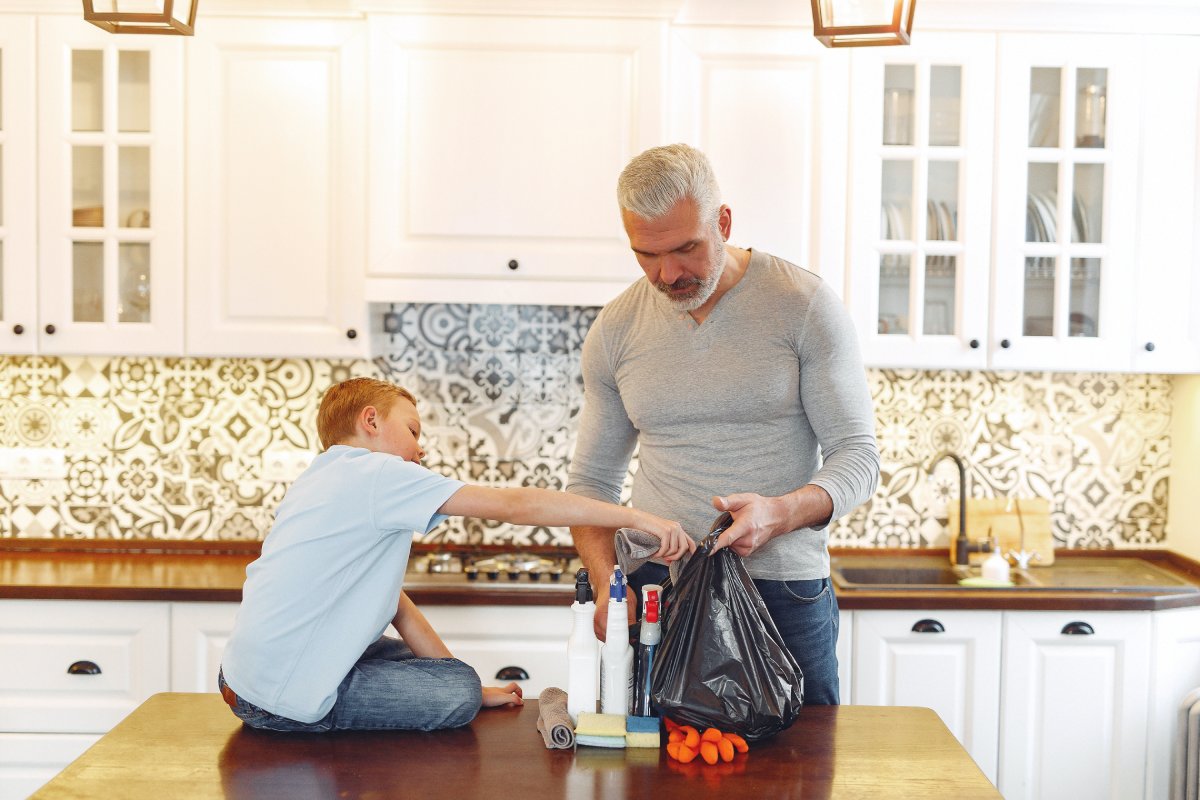
Throughout this blog post, we have highlighted the numerous benefits of using eco-friendly cleaning products. Let’s recap some of these advantages:
- Environmental Friendliness: Eco-friendly products are formulated with biodegradable ingredients that break down safely in the environment. By choosing these products, you reduce your carbon footprint and help protect ecosystems and wildlife.
- Healthier Living Spaces: Conventional cleaning products often contain harsh chemicals that can be harmful to human health. Eco-friendly alternatives, on the other hand, are safer for you, your family, and pets, reducing the risk of allergies, respiratory issues, and chemical exposure.
- Reduced Water Pollution: Conventional cleaning products can contain toxic substances that, when washed down the drain, pollute water systems and harm aquatic life. Eco-friendly options are designed to be gentle on the environment, minimizing water pollution and preserving water quality.
- Cost-Effective: Making the switch to eco-friendly home cleaning products can lead to long-term cost savings. Many DIY solutions and refillable products are budget-friendly alternatives to constantly purchasing disposable items.
Now, armed with the knowledge of the benefits and availability of eco-friendly home cleaning products, it’s time to take action and make the switch. Here are some final words of encouragement:
- Empowerment: By choosing eco-friendly cleaning products, you become an active participant in creating a healthier and more sustainable living environment. Your choices have the power to make a positive impact on both the planet and your well-being.
- Spread the Word: Share your newfound knowledge with family, friends, and colleagues. Encourage them to join you on this journey towards sustainable cleaning practices. Together, we can make a collective difference.
- Continuous Learning: Keep exploring and discovering new eco-friendly cleaning techniques, products, and recipes. The world of sustainable cleaning is ever-evolving, and staying informed allows you to continuously improve your practices and contribute to a greener future.
By making the switch to eco-friendly home cleaning products, you contribute to a more sustainable future, one clean surface at a time. Embrace the power you hold in your cleaning routine and be an advocate for a cleaner, healthier, and more environmentally conscious lifestyle.
Remember, every small step counts, and together we can create a better world for generations to come.
Incorporate these eco-friendly cleaning practices into your daily life and make a positive impact on the environment. Let’s make the switch today and pave the way for a cleaner, greener, and more sustainable future.
Thank you for joining us on this journey. Happy eco-friendly cleaning!

